
Use Cases
Intellectual Disability
Improve your patients’ quality of life with activities developed to enhance their autonomy.
In which conditions can we apply NeuronUP?
Some activities for
people with intellectual disabilities
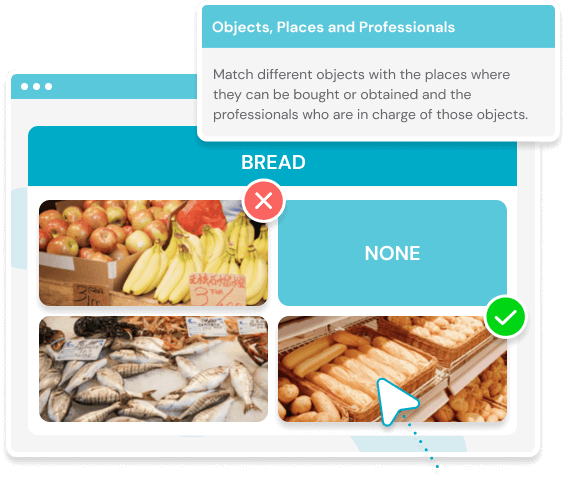
Objects,
Places and
Professionals
The patient works on place orientation and routines related to shopping by matching an object with the place where it could be purchased and with the professional who would be in charge of it.
- Organized in five levels of difficulty.
- Available in digital and paper format.
Parts of
Objects
These worksheets work on the patient’s visual gnosis, who has to identify the object to which the image fragment given belongs.
- Five levels of difficulty to meet the needs of each patient.
- Available in digital and paper format.
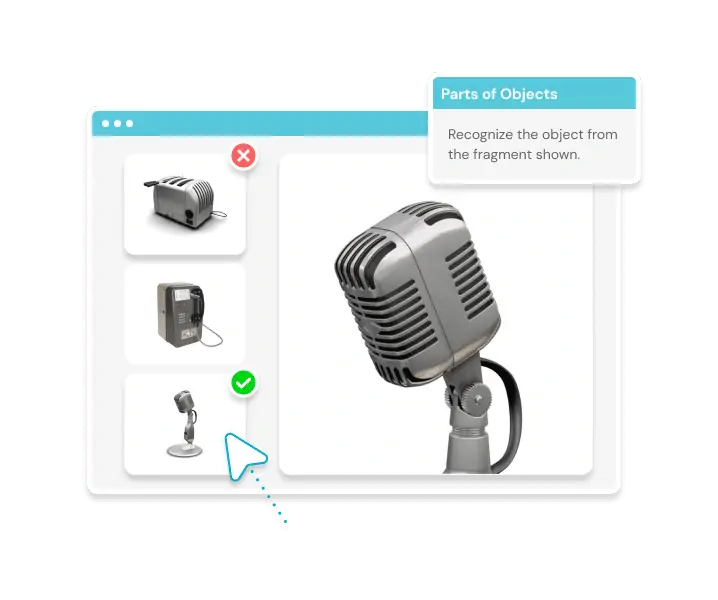
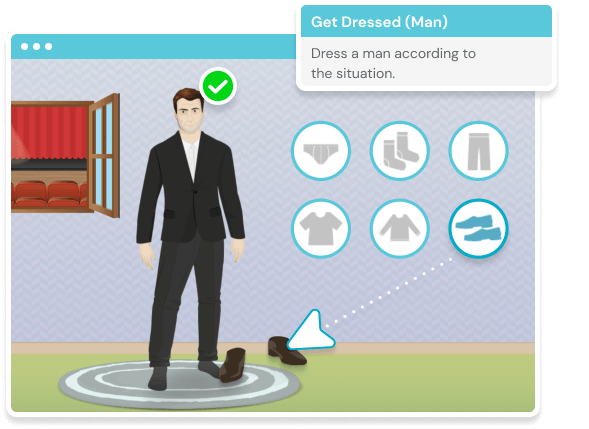
Get Dressed
Activity aimed at promoting the development of decision making, body schema and planning. The patient has to dress a human figure properly with the clothes provided. It is highly customizable, being able to tailor:
- Level: the higher the difficulty, the fewer the instructions and the more complex the clothing.
- Maximum time and timer visibility.
- Number of clothes involved and the option to move them by dragging or clicking.
- Different settings and distractors.
- Number of aids and errors allowed.
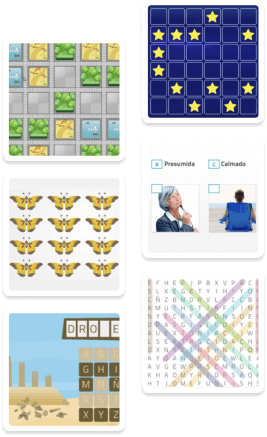
Access thousands of exercises on our platform
Show the effectiveness of your intervention
We provide you with all the required data
You will have access to each patient’s progress for a specific exercise or at a global level, through graphs that are automatically updated after the completion of each exercise.
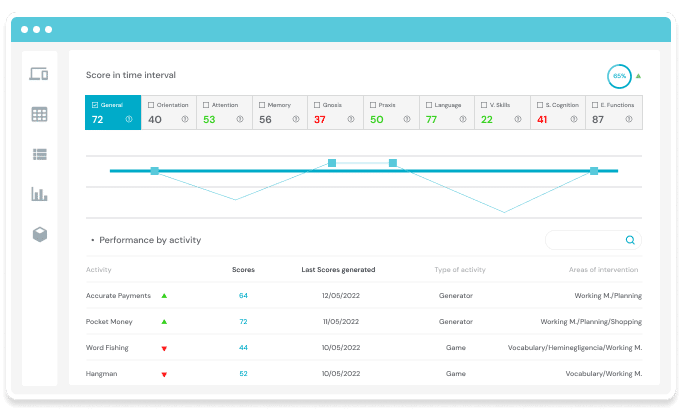
On what basis
do we develop our exercises?
We identify the constructs, operations and functions (Burgess et al., 2006) involved in human activity, in order to create exercises capable of being calibrated during the rehabilitation process.
Burgess, P. W., Alderman, N., Forbes, C., Costello, A., M-A.coates, L., Dawson, D. R., … Channon, S. (2006). The case for the development and use of measures of executive function in experimental and clinical neuropsychology.Journal of the International Neuropsychological Society, 12(02), 194- 209.
The aim is to create motivational and customizable ecological contents that support the neuropsychological stimulation and rehabilitation processes (Wilson, 1987; 1989).
Wilson, B. (1987). Single-Case Experimental Designs in Neuropsychological Rehabilitation. Journal of Clinical and Experimental Neuropsychology, 9(5), 527-544. doi:10.1080/01688638708410767
Related studies
Intellectual Disability
Cihak, D. F., Kessler, K., & Alberto, P. A. (2008). Use of a Handheld Prompting System to Transition Independently through Vocational Tasks for Students with Moderate and Severe intellectual disabilities. Education and Training in Developmental Disabilities, 43(1), 102-110.
Ortega-Tudela, J. M., & Gómez-Ariza, C. J. (2006). Computer-assisted teaching and mathematical learning in Down Syndrome children. Journal of Computer Assisted Learning, 22(4), 298-307. doi:10.1111/j.1365- 2729.2006.00179.
What our clients say about us

Paula Rodríguez,
neuropsychologist
I have been using NeuronUP for more than two years at the brain injury association and the patients are very happy to work with the platform’s activities.”

Gloria Cano,
neuropsychologist
I think it is a platform that every psychologist and neuropsychologist should have, as it provides you with the necessary material to work on cognitive stimulation in a comfortable and easy way, in person and from home”.
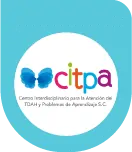
Rocío Mendoza,
neuropsychologist
With NeuronUP, the monitoring of children’s progress is more objective and demonstrable to parents.”
Learn more about
NeuronUP
Try it for free
The platform that 3,500+ professionals use on a daily basis